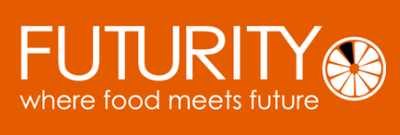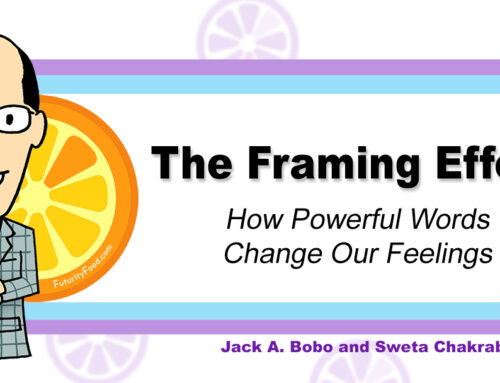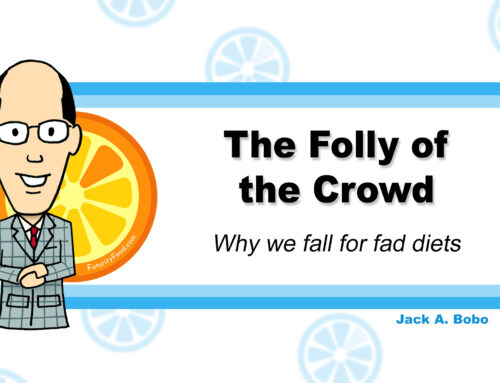
Clean Eating Can Hurt You
In the spring of 2014, Jordan Younger, a “wellness” blogger based in New York City, noticed that her hair was falling out. She was following the “clean” diet she promoted on her Instagram page to her 70,000 followers under the hashtag #eatclean. Younger described herself as a “gluten-free, sugar-free, oil-free, grain-free, legume-free, plant-based raw vegan.” She believed she was eating the healthiest of diets. She shared her wisdom through social media and books, and despite Younger not having any qualifications as a nutritionist, her message was popular: 40,000 people bought copies of her $25, five-day “cleanse” program. Unfortunately for Younger, her dedication to “clean” eating had veered into an obsession, and the diet she was hawking was not improving her health. In fact, as her hair loss visibly attested, the food she ate was actually making her extremely ill. Put another way, the food she avoided could have made her healthy.
Jordan Younger eventually realized her error, and in 2015, she wrote a memoir, Breaking Vegan, that chronicled her self-destructive fixation with “clean eating” and her obsessive focus on “healthy,” “unprocessed” foods. Just because her foods were free from this or that didn’t mean that she was eating a healthy diet, and she certainly was not achieving the balance that Registered Dietitians (RDs) consistently recommend for good health.
Jordan Younger is not alone; her problem is one we are seeing more often nowadays. Doctors and psychologists warn of a rise in eating disorders linked to taking “healthy” eating to an unhealthy extreme, similar to what happened to Younger. Orthorexia is the new term for focusing on a diet to the point that the obsession becomes an actual detriment to health.
Clean Eating Is Today’s Big Food Trend
Everywhere you look companies are touting their clean products with clean labels, and social media influencers are promoting their latest book to teach you how to eat clean. According to the International Food Industry Council (IFIC) in their 2019 Food and Health Report, clean eating is the most widely cited diet in 2019, despite the fact it isn’t really a diet at all. Powered by social media, it has been more popular in its reach than any previous school of nutrition or dieting thought. We cover this trend in the article <LINK TO FOLLY OF THE CROWD>, “The Folly of the crowd: Why we fall for fad diets.”

Clean Eating Is Hard To Define
So what is clean eating? It means different things to different people. According to Clean Eating Magazine, “The soul of eating clean is consuming food the way nature delivered it, or as close to it as possible. It is not a diet; it’s a lifestyle approach to food and its preparation, leading to an improved life— one meal at a time.”
Still not clear on what clean eating means?
Panera Bread decided that for them it was about eliminating additives. In 2017, Panera announced that it was making its entire menu of food products free from artificial flavors, preservatives, sweeteners, and colors as part of its commitment to clean eating and clean labels. Panera is hardly the only company following this trend. Companies like Campbell’s Soup and PepsiCo have implemented food transparency through clean labels and there is a rise in food start-ups applying clean labels to their new products.
Clean Eating Is Mostly About Fear of Food Additives
Panera’s definition of clean eating follows a strong trend. In its 2019 Global Clean Label Consumer Study, ingredient company Ingredion noted that consumers are increasingly looking for products free from additives and artificial ingredients, consistent with the findings in the IFIC survey. The study found that 78% of US consumers find it important to recognize the ingredients in the products they buy (an increase from 66% in 2011). Interestingly, only about half of consumers consider common ingredients like flour, vegetable oil and sugar acceptable. Of course, anything with a chemical-sounding name immediately raises red flags for consumers. Our society has come a long way since we followed the postwar industrial mantra of “better living through chemistry.”

Food fears are not new. The Peanuts comic strip addressed popular fear of incomprehensible ingredients back in 1966.
Consumers No Longer Trust Food Companies
Clean eating builds on two separate trends. The first is transparency. Consumers want companies to communicate clearly and understandably about what ingredients are in their products. The second is natural (with a strong dose of simplicity). Consumers want to be able to recognize ingredients and they want as few of them as possible. Companies are catching on, reformulating old products and developing new ones that aim to leverage this trend. A “clean label” on a product flags for consumers the transparency and simplicity of the ingredient list for the product.
The concept of clean-label food products that contain simple and recognizable ingredients reflects a growing desire over the past few years for health-conscious consumers to know what they are putting into their bodies. A survey by the PR agency Ingredient Communications found that as many as 73 percent of consumers will pay a higher retail price for a food product made with ingredients they recognize and trust. The findings underline the growing importance of clean labels and the use of ingredients that are familiar to consumers.
The promise of clean eating is simplicity. Simple foods with ingredients that consumers recognize with the implication being that such foods are safer and better for you. While the idea may be simple, the list of foods and ingredients that are forbidden can be quite extensive. In fact, the list is longer than that for most diets.
Clean Eating Demands Clarity—But Isn’t Clear Itself
Because there is no specific scientific hook or nutritional basis for clean eating, it is not really clear what foods or ingredients will make the cut. The clean label is more often about consumer perception than it is about anything concrete or tangible. For example, Clean Eating Magazine’s definition limits clean foods to those with one or two ingredients. By this definition virtually none of the foods offered by Panera would qualify. Furthermore, this arbitrary criterion seems to verge toward the same kind of obsessive territory that made Jordan Younger lose her hair. How the number of ingredients in a food is supposed to relate to the healthfulness of the product is never explained.
Clean Eating Is About Demonizing Food Additives
The vocabulary of clean eating meanwhile draws on very powerful emotional associations, not on science. Whether we are talking about clean eating, clean labels or clean energy, the word “clean” has strong psychological connotations. It is synonymous with “good”, “pure”, “simple”, “natural” and “unadulterated”. It also brings to mind opposites of these words: “bad”, “adulterated”, “contaminated”, “unnatural” and “processed.” In many ways, clean eating is about avoiding bad things, rather than focusing on the positive attributes of the foods you are allowed to eat. But focusing on fear is what leads to unhealthy diet choices like those of Jordan Younger, and the uniquely modern problem of orthorexia diet obsession.

Fear Does Not Lead To Healthy Eating
Limiting ingredients to only those that a consumer recognizes is a dubious basis for nutrition advice. After all, many ingredients in our food today serve an excellent, beneficial purpose, even those that may sound scary. Beyond flavor and nutrition, some ingredients are preventing spoilage or extending shelf life. By improving food safety and reducing food waste, such ingredients are directly contributing to our health and wellness as well as the health of the planet. These are things we should care about.
Unfortunately, influencers and bloggers like Vani Hari, aka The Food Babe, have made a living, and a financial killing, out of scaring consumers with stories of the chemicals in their food. They capitalize on consumer distrust of Big Food companies and unfamiliar or science-sounding ingredients. They wield words like “chemical” like a hammer, smashing facts and common sense alike. Companies often capitulate in the face of these attacks, irrespective of the safety of the ingredient, and change their ingredients, rather engage in an ongoing public relations nightmare. This is a triumph of fear over good health and sound food production—a tragedy in a world where we should be benefiting from today’s easier access to information.

The Clean Truth: Many Food Additives Are Beneficial
Many scary-sounding words are not only quite natural, but good for you as well. Here are a few examples.
Pyridoxine
Sounds awful, right? In fact, it is the official scientific or chemical name of vitamin B6, which is an essential nutrient to sustain human life. Pyridoxine is important for protein, fat, and carbohydrate metabolism and for the creation of red blood cells and neurotransmitters. Studies have shown[1] that it may even improve your mood and reduce symptoms of depression.
Ascorbyl palmitate
This is an antioxidant (and a natural compound derived from fat) made from vitamin C and palmitic acid. It is used in foods to prevent spoilage. In your body, it’s simply broken down into its parts. Your body uses the vitamin C, and either burns or stores the energy provided by the fat.
Oxidane
If anyone offers you a cup of oxidane, I encourage you to say yes. It is the official chemical name for water. Remember to rehydrate.

Eating Healthy Is Not As Simple As Going “Clean”
“Clean” eating is all the rage. But this is one of those food fads that bears thoughtful consideration rather than blind allegiance. The more enthusiastic and determined you are to eat your way to good health, the more mindful you should be about the science behind the trend. Food fads can backfire, as Jordan Younger learned.





